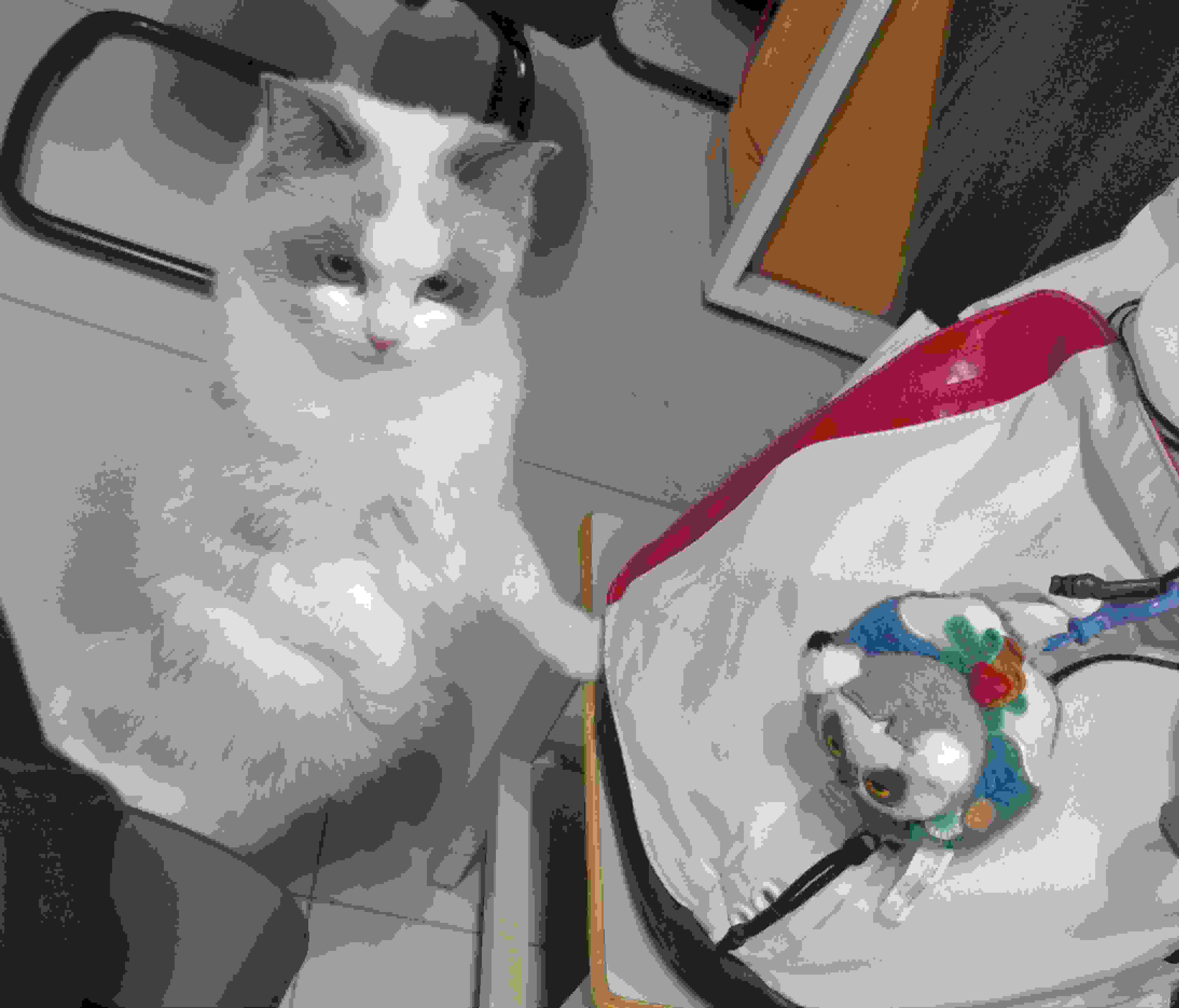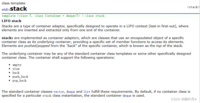目录
1 -> stack的介绍和使用
1.1 -> stack的介绍
1.2 -> stack的使用
1.3 -> stack的模拟实现

1 -> stack的介绍和使用
1.1 -> stack的介绍

stack的文档介绍
1. stack是一种容器适配器,专门用在具有后进先出操作的上下文环境中,其删除只能从容器的一端进行元素的插入与提取操作。
2. stack是作为容器适配器被实现的,容器适配器即是对特定类封装作为其底层的容器,并提供一组特定的成员函数来访问其元素,将特定类作为其底层的,元素特定容器的尾部(即栈顶)被压入和弹出。
3. stack的底层容器可以是任何标准的容器类模板或一些其他特定的容器类,这些容器类应该支持以下操作:
empty: 判空操作back: 获取尾部元素操作push_back: 尾部插入元素操作pop_back: 尾部删除元素操作4. 标准容器vector、deque、list均符合这些需求,默认情况下,如果没有为stack指定特定的底层容器,默认情况下使用deque。

1.2 -> stack的使用
| 函数说明 | 接口说明 |
| stack() | 构造空的栈 |
| empty() | 检测stack是否为空 |
| size() | 返回stack中元素的个数 |
| top() | 返回栈顶元素的引用 |
| push() | 将元素val压入stack中 |
| pop() | 将stack中尾部的元素弹出 |
相关题目:
最小栈
class MinStack {public: void push(int val) { st.push(val); if (Min.empty() || val <= Min.top()) Min.push(val); } void pop() { if (Min.top() == st.top()) Min.pop(); st.pop(); } int top() { return st.top(); } int getMin() { return Min.top(); }private: stack<int> st; stack<int> Min;};栈的压入、弹出序列
class Solution {public: bool IsPopOrder(vector<int>& pushV, vector<int>& popV) { if (pushV.size() != popV.size()) return false; int in = 0; int out = 0; stack<int> st; while (out < popV.size()) { while (st.empty() || st.top() != popV[out]) { if (in < pushV.size()) st.push(pushV[in++]); else return false; } st.pop(); out++; } return true; }};1.3 -> stack的模拟实现
从栈的接口可以看出,栈实际是一种特殊的vector,因此使用vector完全可以模拟实现stack。
#define _CRT_SECURE_NO_WARNINGS 1#include<vector>#include<deque>using namespace std;namespace fyd{template<class T, class Container = deque<T>>class stack{public:void push(const T& x){_con.push_back(x);}void pop(){_con.pop_back();}const T& top(){return _con.back();}bool empty(){return _con.empty();}size_t size(){return _con.size();}private:Container _con;};}
感谢各位大佬支持!!!
互三啦!!!